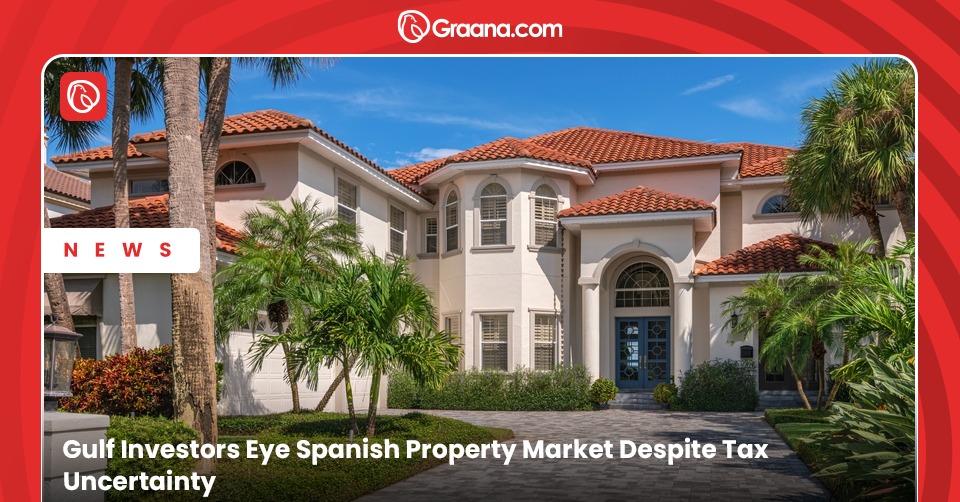In recent years, the Costa del Sol in southern Spain has become a prime destination for affluent Gulf investors seeking to diversify their portfolios and enjoy a luxurious lifestyle. Popular towns like Marbella and Malaga are drawing a new generation of young, wealthy buyers from the Gulf Cooperation Council (GCC) countries, who are increasingly bypassing traditional investment hubs like London and Paris. This shift comes even as Spain’s Prime Minister Pedro Sánchez proposes a controversial tax on non-EU property buyers, a move that could potentially disrupt the market.
Sánchez’s proposal aims to impose a 100% tax on real estate purchases made by non-EU nationals, sparking concern among investors. However, many in the industry believe the measure is unlikely to be enacted in the near future. “The general feeling is that this proposal is still far from becoming a reality,” says Ryan Dougan, a partner at Burlington Global, a consultancy catering to high-net-worth clients in Marbella, London, and Dubai. Dougan, who moved to Marbella last summer to support Gulf developers, has seen a 143% increase in property purchases by Gulf nationals in the region from 2023 to 2024.
Despite the looming tax threat, the appeal of Costa del Sol remains strong. Gulf investors are increasingly attracted to more affordable luxury properties—often priced between €2 million and €5 million—compared to the vast estates once favored by older generations. This shift reflects broader changes in Gulf society, including a growing wellness-oriented culture and the flexibility afforded by remote work. Younger buyers no longer seek the palatial €20 million homes that defined earlier generations, opting instead for more manageable, but still luxurious, properties.
Interest in the region has been further bolstered by improved air connectivity. Qatar Airways, for example, recently expanded its seasonal flights between Doha and Malaga to a year-round service, recognizing the growing demand from Gulf tourists and investors. Other Middle Eastern airlines, such as Etihad and Saudia, also fly directly to Malaga during peak seasons.
The rise in Gulf investment has not gone unnoticed by local developers. In recent months, major Gulf-based firms have made significant moves in the area. In December, Modon Holding, backed by Abu Dhabi’s sovereign wealth fund, acquired the prestigious La Zagaleta estate in Benahavís, where luxury villas are priced at over €30 million. Meanwhile, in May, UAE-based Bloom Holding partnered with Spanish developer Mabel Real Estate to construct high-end residences near Marbella’s Golden Mile.
The influx of Gulf capital is not limited to residential properties. Qatar-based investors are deeply involved in the redevelopment of the Port of Malaga, while Kuwait recently hosted a Marbella Real Estate Expo to showcase investment opportunities in the region. This growing investment interest underscores the region’s allure, not only as a residential hub but also as a burgeoning center for high-end tourism and development.
Despite rising demand, property prices in the Costa del Sol still remain relatively competitive compared to other major European markets. Luxury homes in Malaga typically fetch around €5.25 million, or €7,200 per square meter, while in Marbella, prices can reach €7.4 million or €12,900 per square meter. For comparison, prime properties in London’s most exclusive neighborhoods can command up to €35,800 per square meter.
As the market continues to thrive, real estate professionals like Dougan remain optimistic, despite the proposed tax. “The market doesn’t look like it’s slowing down anytime soon,” he says, pointing out that the Costa del Sol still offers better profit margins than other global cities like London and Paris.
For now, while the Spanish government continues to consider the proposed tax, the general consensus in the property sector is that the impact on the Gulf investment boom will be minimal, at least in the short term. As Spain grapples with its housing affordability crisis, investors and developers alike will be watching closely to see whether the government’s plan gains traction, and if so, how it will be implemented.




